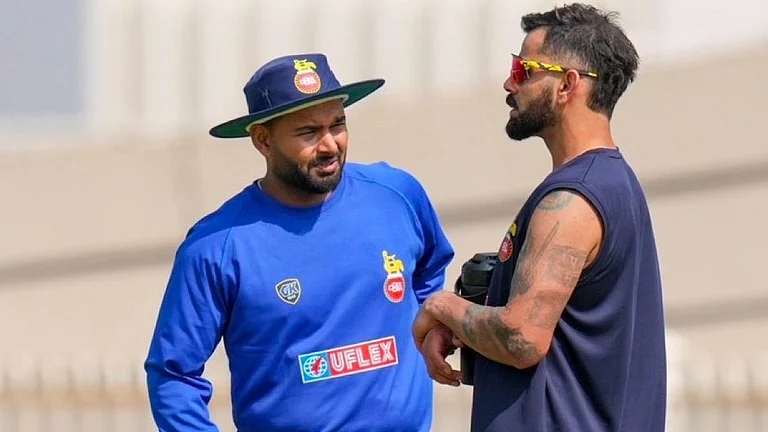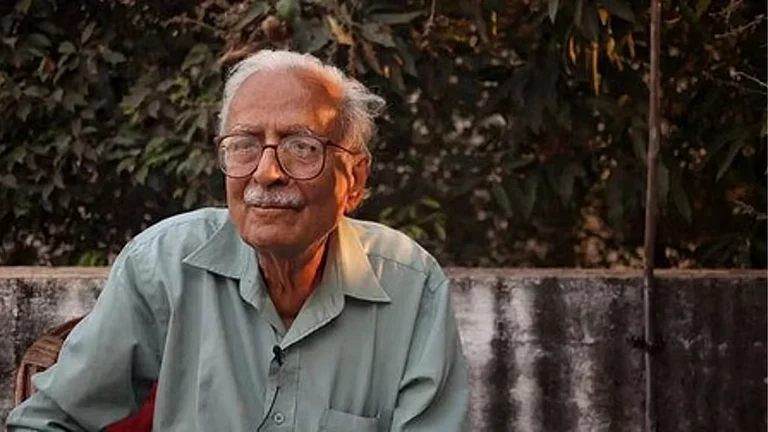It might seem like a contradiction that in the field of oncology, we are doing much better than before, yet we have a long way to go. I often feel we have hardly covered significant ground. Not more than 15 per cent of our population has access to timely and comprehensive treatment support. To add to this difficulty, we are expecting that cancer incidence will double within the next decade, because of demographic profile, life expectancy, growing economy, lifestyle etc. Are we prepared to face this challenge? A major problem is that a big chunk of our resources are spent on advanced cancer and during the last six months of treatment in a patient’s journey, where the impact on outcome is unrewarding. If the same resources are spent on cancer prevention and early diagnosis, we would serve our society very well. It is heartening to realise that almost 60 per cent of cancer is preventable. Tobacco contributes to more than two thirds of patients in this segment and the other preventable causes are related to diet, life style, vaccine for cervical cancer, liver cancer etc. Proper education using IT and mass communication tools with focus from primary education level onwards could change the scenario rapidly. On tobacco control, I must say we have a consistent approach, which is getting more focused.
The fact that only 30 per cent of our patients present themselves at stages I & II is very frustrating. In early stages, the treatment outcomes are very gratifying, less expensive and there is minimal treatment related morbidity. This could be positively impacted if the government shifts focus to establishment of ‘diagnostic centres in tier II and tier III cities and in smaller towns (one per five lakh population). The infrastructure required for a diagnostic centre would cost not more than 25 per cent of the cost of a hospital. The operational cost of such a setup would be less than 5 per cent of the operational cost of a hospital. These centres could be in the vicinity of bigger treatment facilities. This could also shift out a lot of diagnostic load from hospitals. These centres should be well equipped with imaging, endoscopies and biopsy procedures. The SOPs should ensure that more than 80 per cent of the patients are adequately worked through in less than 72 hours. In fact, these centres could be very helpful in handling the tuberculosis menace and other chronic diseases.
No cancer facility is complete without a comprehensive palliative care setup and we have not done well on this front. I think it is high time we bring the palliative care program centre stage. In the last two decades, we have seen dramatic growth in trained manpower and the number of comprehensive cancer centres. In the last fifteen years, these numbers would be more than the total work done in the hundred years before that. The National Cancer Institute at Jhajjar, Haryana, is coming up in the next three years, every regional cancer centre is being upgraded to tertiary level cancer centres and the medical colleges also have financial support and a mandate to strengthen cancer treatment infrastructure.
However, to fill the demand-supply gap, we need ten times more facilities and people. If we look at the available infrastructure, there is acute shortage of diagnostic and staging facilities; from mammogram to PETCT, advance histopathology, Immunohistochemistry, NGS, endoscopic procedures and image guided biopsies. The diagnostic centres could help us leapfrog this period. One of the significant challenges is ensuring that the quality of care is regularly audited and upgraded. The National Cancer Grid (NCG) connects more than 85 cancer institutes and has strengthened the culture of academics and research in our setting. The availability of a virtual library in faraway places and the opportunity to participate in clinical trials is very reassuring. We also need to understand our disease patterns and their response to treatment and to successfully execute this we need the infrastructure for research. I am an optimist, but even when I put on my ‘practical’ hat, I feel that we have all the essential ingredients for planned and regulated growth in oncology. The tobacco control and cancer prevention agenda is moving fairly. In all other areas, from early diagnosis to comprehensive treatment, execution is very well modelled. The only challenge is that we are moving slowly. If we put to use IT to connect all centres with the general public, we will probably achieve our goal of access to good treatment facilities at the right time.
(Dr Chaturvedi is a surgical oncologist at Max Hospitals, Delhi.)





















